We’ve made it to Friday everyone! We’ve taken inspiration from this week’s focus on taking a sustainable approach to our wardrobe and will be spending the day amongst our hangers. Wish us luck!
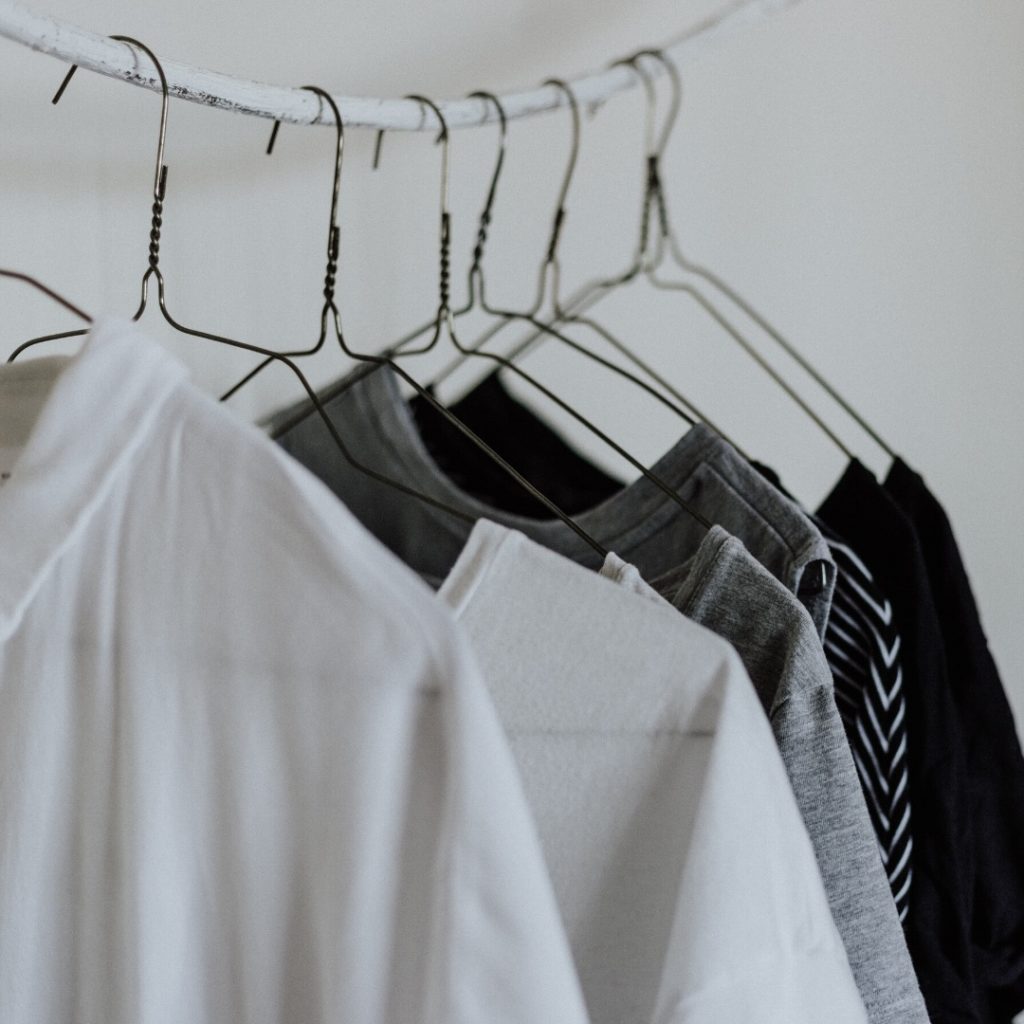
We’ve made it to Friday everyone! We’ve taken inspiration from this week’s focus on taking a sustainable approach to our wardrobe and will be spending the day amongst our hangers. Wish us luck!

We are rounding up our month’s spotlight on sustainable living this week with a focus on our wardrobes. It’s the one part of our homes in which we can make a huge difference fairly quickly but it’s also one that requires a little more research to find solutions that are truely sustainable.
It’s a tricky world of fashion, not all fabrics are sustainable and sometimes the ones that are have had to go through quite the chemical process to get there, leaving behind waste and impact on the planet. We have found some great books that aim to educate (without shaming your desire to look nice) us on the world of fashion and the choices that are now available to us.
Whatever you do, don’t just throw everything you already own out in an effort to have a sustainable wardrobe, because as we know, that can actually add more to our growing environmental concerns. Perhaps just use these books as a guide, or a friendly reminder that when you do pop out to do a bit of shopping, there are few things you may want to keep in mind.
Wardrobe Crisis by Clare Press
Who makes your clothes? This used to be an easy question to answer: it was the seamstress next door, or the tailor on the high street – or you made them yourself. Today we rarely know the origins of the clothes hanging in our closets. The local shoemaker, dressmaker and milliner are long gone, replaced by a globalised fashion industry worth $1.5 trillion a year. In Wardrobe Crisis, fashion journalist Clare Press explores the history and ethics behind what we wear. Putting her insider status to good use, Press examines the entire fashion ecosystem, from sweatshops to haute couture, unearthing the roots of today’s buy-and-discard culture. She traces the origins of icons like Chanel, Dior and Hermès; charts the rise and fall of the department store; and follows the thread that led us from Marie Antoinette to Carrie Bradshaw.
From a time when Ralph Lauren and Calvin Klein were just two boys from the Bronx, to the world of the global fashion juggernaut, where Zara’s parent company produces more than 900 million garments annually, Press takes us on an insider’s journey of discovery and revelation. Wardrobe Crisis is a witty and persuasive argument for a fashion revolution that will empower you to feel good about your wardrobe again.
Slow Fashion by Safia Minney
Slow Fashion offers creatives, entrepreneurs, and ethical consumers alike a glimpse into the innovative world of the eco-concept store movement, sustainable design, and business that puts people, livelihoods, and sustainability central to everything they do.
Safia Minney argues that the future of brick and mortar retail is in the best in fair trade, sustainability, and organic products, together with vintage and second hand goods and local produce. Restorative economics, the well-being of our planet, and our bodies and minds can be inspired by this growing sector, one that is shaping big business.
This book curates pioneering people and projects that will inspire you to be part of the change. International names include Livia Firth, Zandra Rhodes, and Lily Cole. American change-makers include Andrew Morgan, filmmaker (The True Cost, a ground-breaking documentary that asks us each to consider who pays the price for our clothing), and Dana Geffner (Fair World Project).
Slow Fashion profiles the people bringing the alternatives to the mainstream: designers, labels, and eco-concept stores across the world; fair trade producers; campaigns that are re-designing the fashion economy; and the fibres and fabrics which are making a difference.
Slow Clothing by Jane Milburn
Slow Clothing presents a compelling case for why we need to change the way we dress, to live lightly on Earth through the everyday practice of how we wear and care for our clothes. In an era dominated by passive consumption of cheap and synthetic fashion, Jane Milburn arrived at the Slow Clothing philosophy by refashioning garments in her wardrobe to provide meaning and story.
Jane tells her journey to Slow Clothing and provides ideas for you to easily implement. Slow Clothing reflects our own style and spirit, independent of fashion cycles. We buy thoughtfully, gain skills, and care for what we wear as an embodiment of ourselves. We – the wearers – become original, authentic and resourceful. We believe secondhand is the new organic and mending is good for the soul. In return, we are liberated and satisfied.
The Conscious Closet by Elizabeth Cline
From journalist, fashionista, and clothing resale expert Elizabeth L. Cline comes the definitive guide to building an ethical, sustainable wardrobe you’ll love. Clothing is one of the most personal expressions of who we are. In her landmark investigation Overdressed: The Shockingly High Cost of Cheap Fashion, Elizabeth L. Cline first revealed fast fashion’s hidden toll on the environment, garment workers, and even our own satisfaction with our clothes. The Conscious Closet shows exactly what we can do about it. Whether your goal is to build an effortless capsule wardrobe, keep up with trends without harming the environment, buy better quality, seek out ethical brands, or all of the above, The Conscious Closet is packed with the vital tools you need. Elizabeth delves into fresh research on fashion’s impacts and shows how we can leverage our everyday fashion choices to change the world through style. Inspired by her own revelatory journey getting off the fast-fashion treadmill, Elizabeth shares exactly how to build a more ethical wardrobe, starting with a mindful closet clean-out and donating, swapping, and selling the clothes you don’t love to make way for the closet of your dreams. The Conscious Closet is not just a style guide. It is a call to action to transform one of the most polluting industries on earth–fashion–into a force for good. Readers will learn where our clothes are made and how they’re made, before connecting to a global and impassioned community of stylish fashion revolutionaries. In The Conscious Closet, Elizabeth shows us how we can start to truly love and understand our clothes again–without sacrificing the environment, our morals, or our style in the process.
Green is the New Black by Tamsin Blanchard
Already loved and widely acclaimed by the fashion industry, Green Is The New Black now has even more fantastic tips and ideas that make saving the world with style easy! From the truth about fast fashion to the best biodegradable shoes, from guilt-free spending sprees to the joys of swishing parties this book is the chicest, greenest survival manual around. If you want to change the world, and your wardrobe, don’t go shopping without it! It also includes: – High street heroes – Sustainable style – Creating your own – Ethical bling – Green holidays and much, much more.
This is a Good Guide by Marieke Eyskoot
This is a good guide for a sustainable lifestyle. It’s as simple as that. Would you like to live more sustainable, but without putting a lot of time, effort or money into it? Then this is your book. It’s filled with practical and positive tips on fashion, beauty, food, home, work, travel and leisure, and shows that stylish and sustainable go very well together. And especially that’s about good, not perfect: about smart choices, doing what you can and what suits you. With this modern handbook, sustainable fashion and lifestyle expert Marieke Eyskoot makes green living fun and doable. The right addresses, beautiful labels, great places, surprising facts and handy solutions – exactly what you need. Because doing good and feeling good at the same time: this is what everyone is looking for.
Enjoy!
We love a little treasure hunt and know Melbourne is known for it’s second hand clothing stores. Where do you source your second hand clothing from?
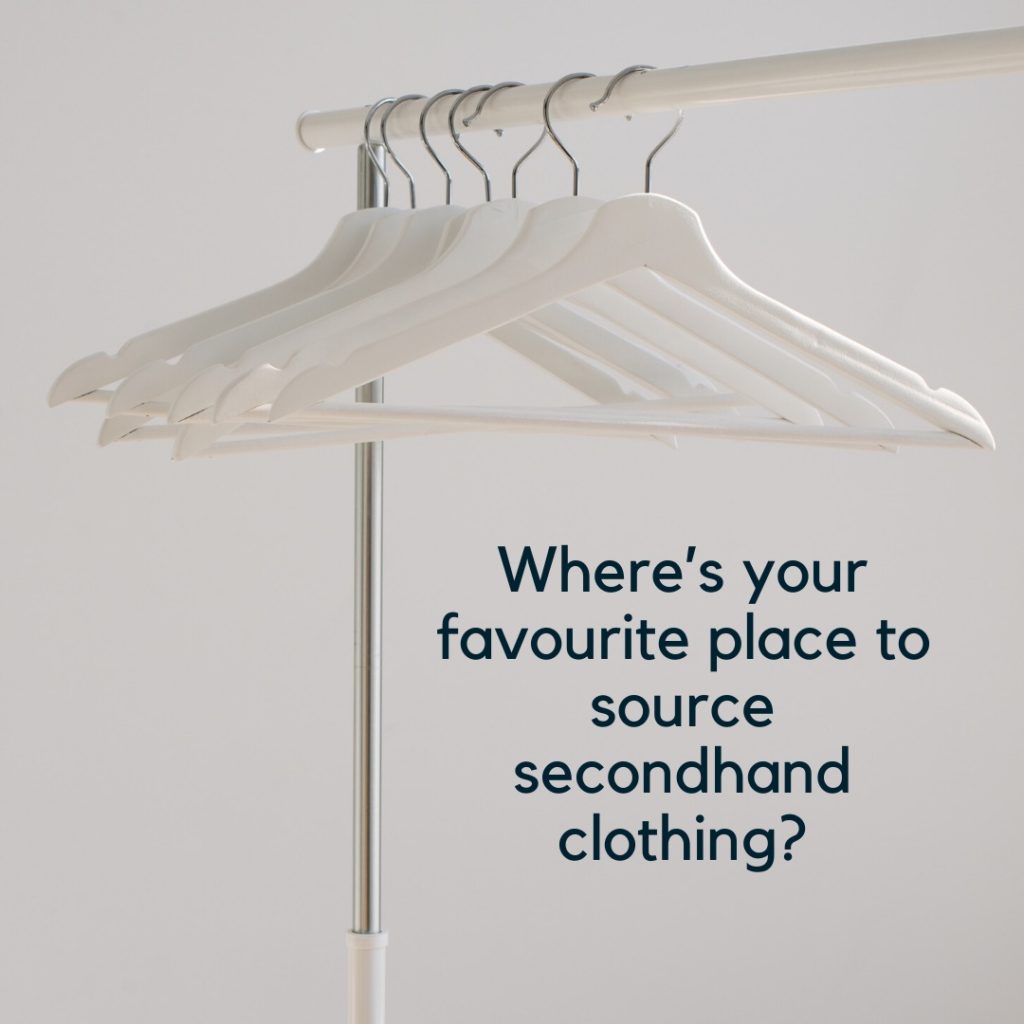
This week we are diving into our wardrobes and will be sharing our favourite titles that look at fashion with a sustainable eye.
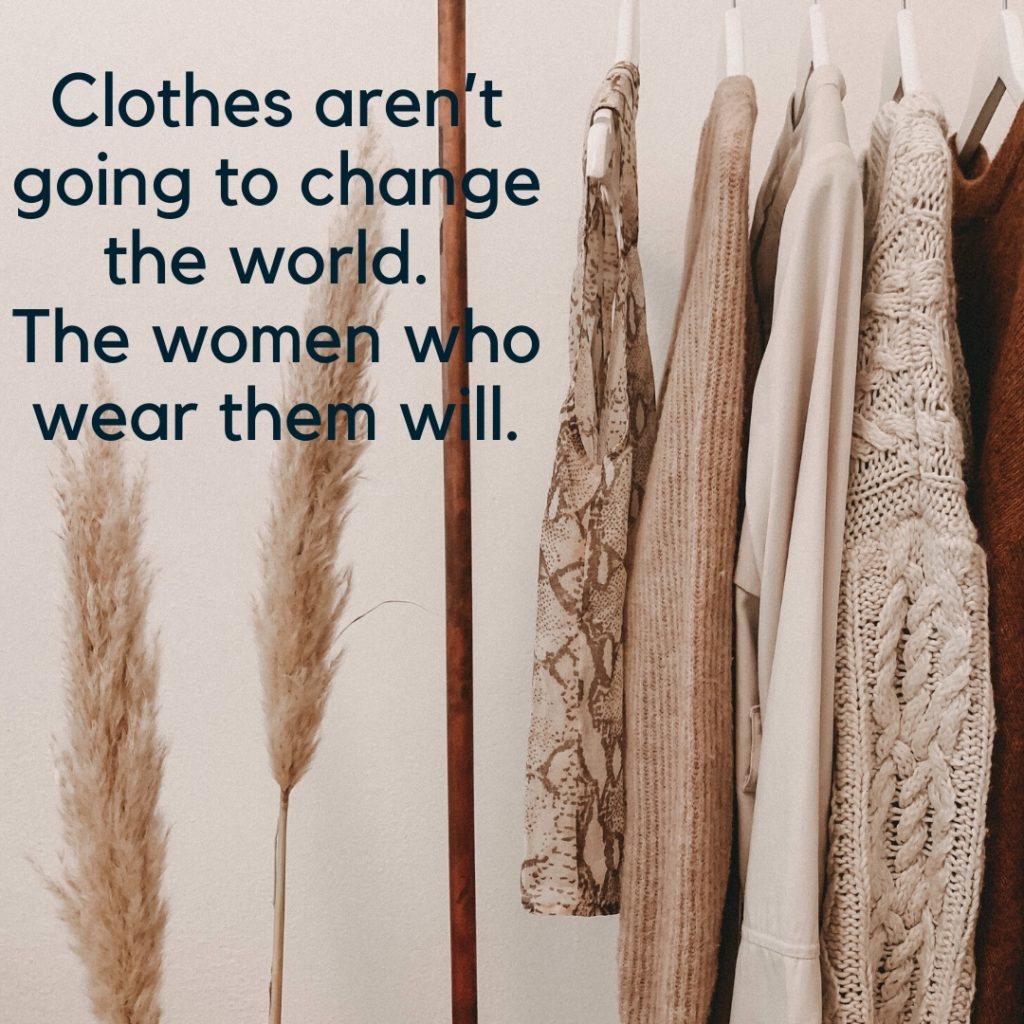
This is where you’ll find me this weekend 😆 fingers crossed there will be books and hot tea keeping me company. How stunning is this room!
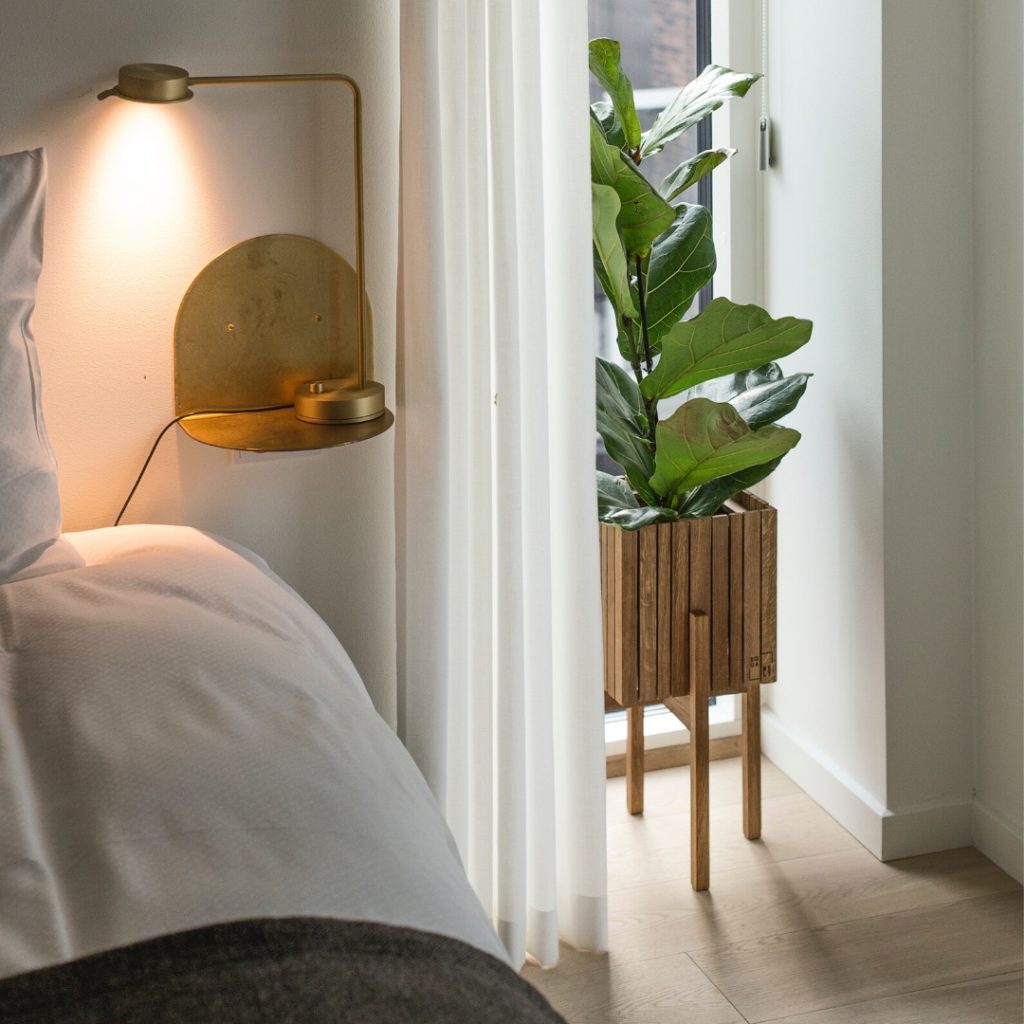
What does sustainability mean to you? Most people are aware that sustainability is important, but may struggle to decide how to incorporate sustainable practices into their lives. This week Team Booko has brought together lots of ideas on how to get started. Many of these ideas only require small changes – such as ditching plastic straws, or walking instead of driving short distances. Others are fun and creative, encouraging us to try making / cooking / upcycling. These books also show that sustainability are interlinked with mindfulness and decluttering – meaning that it is not only good for our environment, but good for our health and our wallets too!
A Life Less Throwaway: the Lost Art of Buying for Life by Tara Button
Tara Button was a work-hard, spend-hard advertising executive when she realised that her shopping habits – meant to make her happy – was having the opposite effect. So she started to fight back against the current culture of planned obsolescence – the idea that products should have a limited (ie short) lifespan – and instead, started a movement that celebrates products that are made to last. A Life Less Throwaway explains the concept of “mindful curation”, with plenty of tips and strategies to help us only buy things that fit the purpose, that we love and that can last a lifetime.
Simple Acts to Save our Planet: 500 Ways to Make a Difference by Michelle Neff
If you want to live in a more sustainable and environmentally responsible way, but don’t know where to start, then this book is for you. Michelle Neff has created a bumper book of “Simple Acts of Kindess” for our planet. Many of the ideas look at how to reduce waste, bolster animal and insect populations and lower energy consumption. These Simple Acts show us that even the tiniest change to our lifestyle – such as BYO coffee cups and shopping bags, and buying items with minimal packaging – can have a lasting positive impact on the environment. What’s more, many of these ideas – such as eating less processed food, and using meat and veg scraps to make stock – can also benefit our own health.
Upcycle: Turn Everyday Objects into Home Decor by Sonia Lucano
Upcycle is a fun, contemporary project book that shows you how to turn some everyday items into home furnishings. Sonia Lucarno has chosen starting materials that are available cheaply or for free, such as old dishes, glass jars, bedsheets and wooden pallets. Learn how to turn cotton sheets into a tote bag, wooden pallet into a coffee table, or glass jars into terrariums. There are detailed instructions including lists of materials. Start salvaging these bits and pieces from the waste stream and turn them into chic, functional pieces for your home.
Perfect Imperfect: the Beauty of Accident, Age & Patina by Karen McCartney, Sharyn Cairns and Glen Proebstel
Perfect Imperfect is a sumptuous coffee table book with a subtle environmental message – by celebrating the beauty of age and imperfection (some may call it “character”), it encourages us to purchase thoughtfully rather than frequently, to value curation rather than consumption. Perfect Imperfect puts a modern spin on the age-old Japanese aesthetic of wabi-sabi, bringing together contemporary design with well-worn objects. The stunning interiors feature a mix of comfort, design and thoughtful beauty, and are selected from homes, hotels, shops and studios around the world.
Low Tox Life: a Handbook for a Healthy You and a Happy Planet by Alexx Stuart
Alexx Stuart has distilled the learnings from her own quest for a Low Tox Life into a guide to help you live with better health and less stress. Alexx Stuart was fighting chronic inflammation when she realised that our hyper-industrialised society was contributing to her ill-health. She started to pay closer attention to product labels, and reducing the use of synthetic fragrances, disposable plastics and processed foods, and has seen a dramatic improvement in her physical and mental health. Organised into four intuitive sections of Body, Home Food and Mind, Low Tox Life is a guide that encourages us to make more informed choices about the food we eat, and the things we surround ourselves with – and highlights that better choices can benefit both ourselves and our environment.
100 Things to Recycle and Make by Fiona Hayes
It’s never too young to help children understand the importance of sustainability, and what better way to do it than through a fun activity such as crafting. Fiona Hayes, author of the popular Crafty Makes series, has chosen 100 of her favourite projects for crafting with recycled materials. Ideas range from the decorative to the practical, including toys, stationery, decorations and storage. The projects are helpfully arranged by the main starting material, eg cardboard tubes, egg cartons, paper plates and materials from nature, and include step-by-step instructions. 100 Things to Recycle and Make is a great sourcebook for anyone who spends time with children!
In this funny and inspiring talk, Dan Phillips tours us through a dozen homes he’s built in Texas using recycled and reclaimed materials in wildly creative ways. It’s worth a watch, and will make you consider how, and what, materials you’ll choose to build with.
We love a little up-cycle project, it’s not only immensely satisfying but kinder on our planet. What has been your favourite thing to up-cycle?
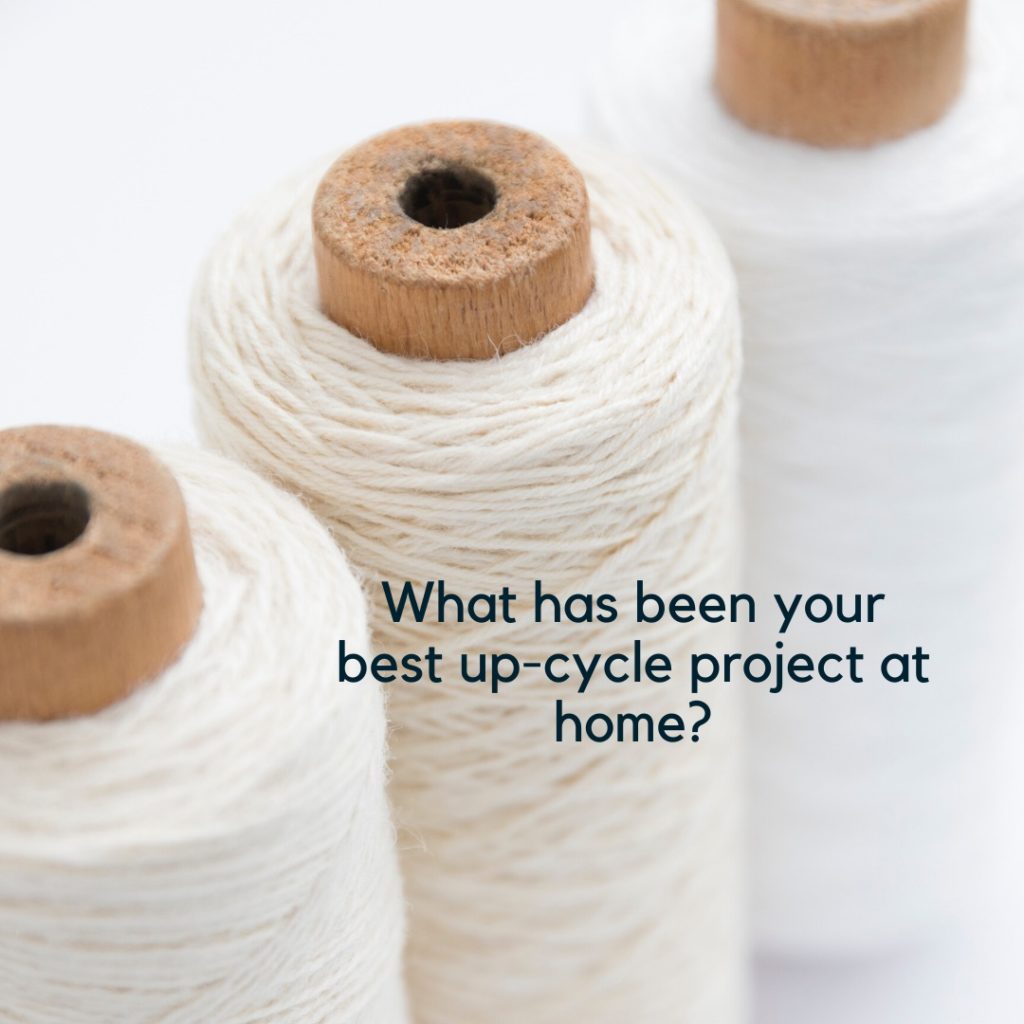
Happy Monday everyone. We hope you had a terrific weekend. This week on the blog we’ll be sharing our top books to help you live sustainably at home.

Love is certainly in the air this week with it being Valentine’s Day tomorrow. But the day of love doesn’t just have to be about showing your love for people, you are allowed to love your favourite things in your home too.
This week we want to show you that you can love your home and the treasures you have inside in it for years and years, and we have found the books that help you to do just that. Sometimes our belongings can become a little worn, or our love of them fades as they no longer look how we would like them to. Fear not, there is good news, you can change things with a little elbow grease. The books we have found help you to explore your inner eco warrior and DIY skills showing you how to recycle, reuse and repurpose the treasures we already have in our homes along with some fabulous titles that will help you love the planet too.
Sustainable Home by Christine Liu
The Sustainable Home is an inspirational and practical guidebook to maintaining a more environmentally friendly household. Sustainability enthusiast and zero-waste advocate Christine Liu takes you on a tour through the rooms of your home inside the living area, kitchen, bedroom and bathroom all the while offering tips, tricks and 17 step-by-step projects designed to help you lead a more low-impact lifestyle. Whether its by making your own toothpowder, growing your own herb garden or up-cycling old pieces of furniture, there are numerous ways, both big and small, to make a difference.
Live Green by Jen Chillingsworth
Many of us are already doing what we can to adopt a greener lifestyle. We recycle, try to reduce our waste and plastics, choose organic food when shopping, eat less meat and opt for environmentally friendly cleaning products. Yet we often wish we were doing more and it can be overwhelming to know where to start. Live Green is a practical guide of 52 changes, one for each week of the year, you can make to your home and lifestyle to reduce your impact on the environment. Tackling all areas of your life from your cleaning routine, home furnishings, food shopping, fashion choices, natural beauty and Christmas, this book has all the ingredients to help you achieve a more sustainable year. From making your own eco-friendly cleaning products, buying vintage furniture, making your own moth repellent and improving your natural beauty regime to creating a capsule wardrobe and creating your own ethical Christmas decorations. Discover how to get the most out of life by living with intention. Live simply. Live Green.
The Nordic Home by John Arne Bjerknes
John Bjerknes is a partner and design director at Nordic – Office of Architecture and his writing conveys his vast experience within design, development, and planning of small and large-scale construction projects. Given its unique focus on organically integrating people with nature using sustainable techniques, Scandinavian design currently occupies an important position in the architectural and interior design worlds. Nordic Home captures this exciting trend by showcasing 45 case studies exemplifying the best of Nordic architecture and interiors. It is a seriously beautiful book with inspiring interiors.
The Art of the Natural Home by Rebecca Sullivan
This book is perfect for those interested in sustainability, natural products and mindfulness. It’s all about taking the time to create your own homemade products, from face masks to floor polish and from medicinal honey to massage oil. Taking inspiration from her grandmother’s generation, Rebecca Sullivan has put together this thoughtful and appealing manual to caring for yourself and your home. Traditional methods are resurrected or updated to suit the modern home, using simple, natural ingredients. The first part of the book is dedicated to the Home, and covers cleaning products for every room, ideas for pickles and preserves, and tips on everything from natural laundry treatments to how to grow your own cocktail garden. The second part covers Health and Beauty, and includes bath salts, make up, serums, perfumes and even beard oil, as well as healing remedies such as burn salves and herbal teas. This inspiring guide is a must for anyone interested in living a simpler, more purposeful life.
A Family Guide to Waste Free Living by Lauren Carter
Tackle our ever-growing waste problem with all the information, advice, budget-friendly recipes and projects you’ll need to start reducing waste in your life. A Family Guide to Waste-free Living makes it simple and sustainable for families to eliminate waste in the home, at work and out in the world. This is a practical and inspiring resource for anyone wanting to live more sustainably. When it comes to waste-free living, Lauren and Oberon Carter really know their stuff. In 2015, they decided to get serious about minimising their ecological footprint, successfully reducing their energy consumption by more than 60 per cent and transitioning to living completely waste and recycling free. They have written this fantastic guide to help and encourage other families do the same. A Family Guide to Waste-free Living provides a roadmap for anyone wanting to reduce their waste. It is packed with information and offers practical and achievable solutions for eliminating waste in the home, at work and in the world. Inside you’ll find simple activities for the whole family instructions on building waste-free kits for around the house and out and about. You’ll also find a plan for creating change by advocating to government and business. Tackle our ever-growing waste problem with all the information, advice, budget-friendly recipes and projects you’ll need to start reducing waste in your life.
Waste Not by Erin Rhoads
‘We need to talk about waste. Shrink-wrapped veggies, disposable coffee cups, clothes and electronics designed to be upgraded every year: we are surrounded by stuff that we often use once and then throw away. Each year Australian households produce enough rubbish to fill a three-bedroom home, including thousands of dollars worth of food and an ever-increasing amount of plastic, which takes hundreds of years to break down and often ends up in our oceans or our food chain. But what to do about such a huge problem? Is it just the price we pay for the conveniences of modern life? What if it were possible to have it both ways – to live a modern life with less waste? That’s where Erin Rhoads, aka The Rogue Ginger, comes in. Erin went from eating plastic-packaged takeaway while shopping online for fast fashion, to becoming one of Australia’s most popular eco-bloggers. Erin knows that small changes can have a big impact. In Waste Not she shares everything she’s learnt from her own funny, inspiring – and far-from-perfect – journey to living with less waste.
Enjoy!